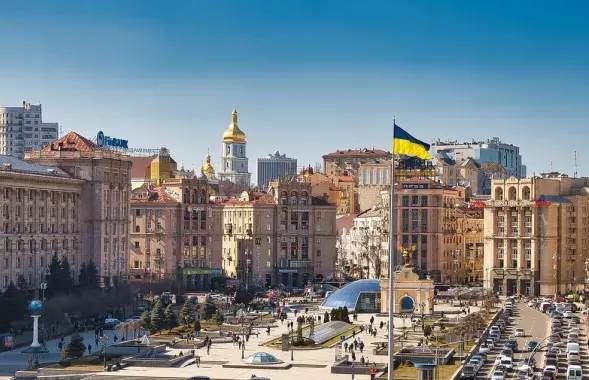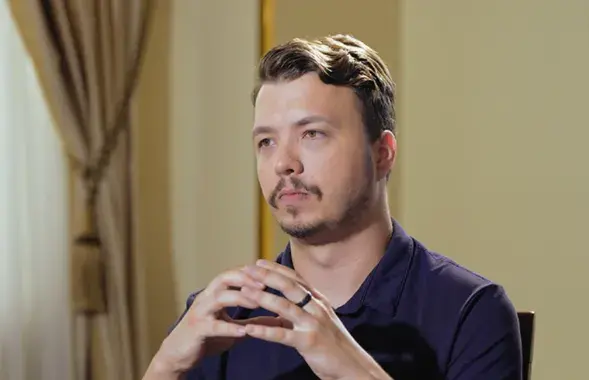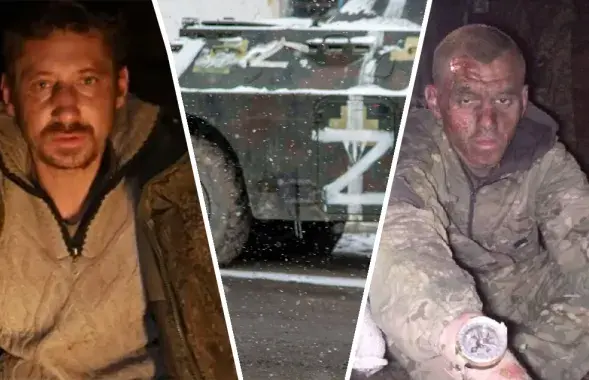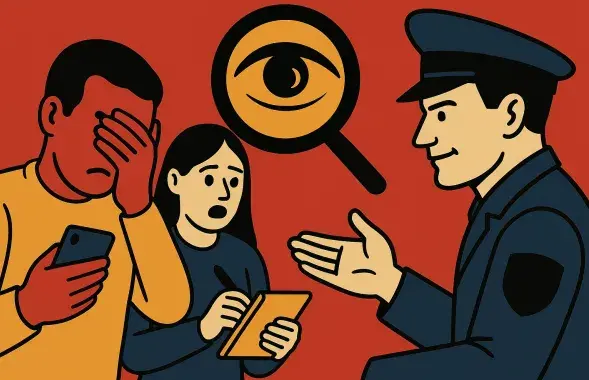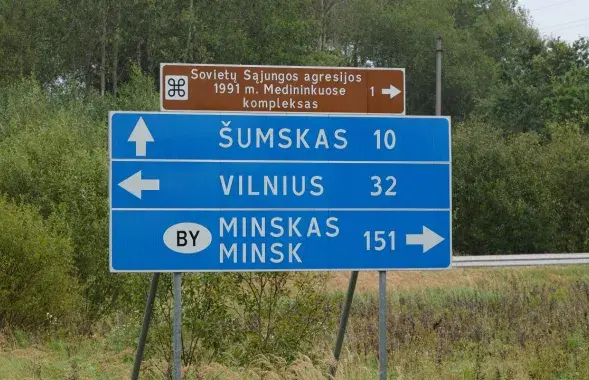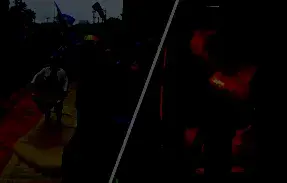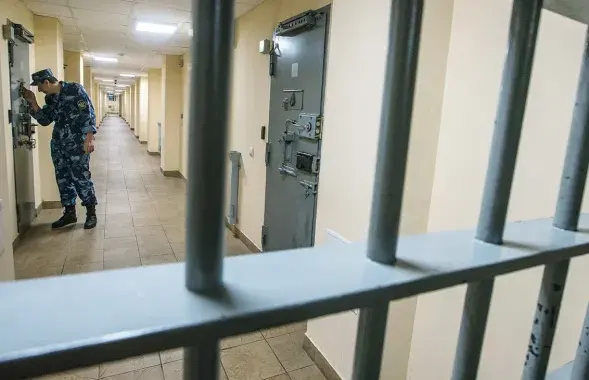Chernobyl re-visited (also in pictures)
Lawmaker Mikalay Serhiyenka proposes hunting in order to attract tourists to the Chernobyl zone. Vadzim Karmazin, a deputy head of department for sports and tourism at the Homel regional executoive committee, says there are two trekking routes already opened there.
***
Mikalay Serhiyenka, a deputy chair of the Chernobyl Affairs Committee at the House of Representatives, recently said in a statement that the Chernobyl zone was a perspective destination for tourism development.
“Firstly, those areas in the Homel and Mahilyou regions contaminated by the 1986 Chernobyl nuclear fallouts represent a historical and unique land next to River Pripyats. This is a unique place with water meadows. There is a unique grass growing there. There is nice hay and fishing places… There are very beautiful oak woods and a lot of mushrooms. There is plenty of animals and unique birds, etc. There are places to rest in and to watch”.
According to the lawmaker, those unique landscapes alone attract people, including foreigners. In his plans, Mikalay Serhiyenka has gone farther and proposed his scenario of using the Polessye radiation and environmental reserve.
“There are places with lots of wild animals which can be hunted for. There should be decent service available to the tourists that come to hunt”, he said.
The MP does not fear radiation, because a true hunter does not need to eat meat of a killed animal or bird. He says the process of hunting is already fun.
Vadzim Karmazin, a deputy head of the sports and tourism department at the Homel City Hall, told the European Radio for Belarus that two tourism routes have already been developed. However, they do not enjoy a high demand.
“I can say that there is a lot of talk about the Chernobyl issues and tourism. However, there is no high demand. It is good if at least five people come within then whole year!”.
According to Karmazin, it is mostly scientists and sometimes journalists who come to the Chernobyl zone. Foreign tourists, including the amateurs of eco-tourism, like visiting the other places of Belarus.
“Presently, foreigners like eco-tours to the normal regions: Polessye, national parks and sanatoriums… We are trying to get somewhere where tourism can’t take place by default. Extreme tourism is about not going to the anti-sanitary zone! We should be very careful about this issue. We should not shout from all the rostrums that we have a unique resource like the Chernobyl zone. This is our misfortune which has affected the tourism in this country for many years to come”.
A German tourist who visited the Chernobyl zone before says there is no more place for a human being there after 22 years of alienation.
“The nature has indeed lived its own life all those 22 years without an impact from human beings. Of course, it is not possible to say that you feel comfortable there. Impressions are very controversial. The nature (plants. etc) has grown abundantly because there has been almost no presence of humans”.
The German tourist does not know how to develop eco-tourism in the Chernobyl zone on the Belarusian territory, if there is no even mobile phone coverage there.
“There is no infrastructure there, no electricity, no water supplies, and no roads. Of course, one can ride a car on those roads, but you wouldn’t say that it is fun. Secondly, tourists need to feel safe. But there is no safety there. On the Belarusian side of the zone, there is no mobile phone network. If something happens, you can’t even call for help”.
However, MP Mikalay Serhiyenka has no hesitations over the infrastructure.
“Infrasrtucture can be created on the clean territories. Eco-routes for hunting and trekking should be made on the contaminated areas. They could be made in such a way that they pose no threat to people”, Serhiyenka says.
Anyone, a Belarusian or a foreigner, is free to enter the Polessye radiation and environmental reserve. The cost will depend on the type of transport and whether you will spend a night there or not. Usually, the trip without staying overnight would cost you Br 45,000 ($20). You will definitely be accompanied by a guide, because it is dangerous to be there on your own alone.
Belintourist: “You will not be allowed to walk around alone. You will be accompanied by the guides from the Academy of Sciences”.
Although it is Belintourist that organizes trips to the Chernobyl-affected areas, the company has no enthusiasm about this tourism destination.
“Frankly speaking, I object to making money on this misfortune. This program was designed exclusively for scientists”, said a staff at Belintourist in Homel.
Our compatriot Artsyom who visited the Chernobyl zone on the Ukrainian side told us that everyone and every vehicle leaving the zone are checked for radiation levels. The level is higher than normal, decontamination measures take place. It is prohibited to eat or drink anything from the zone. People are also banned from leaving the road. He thinks that the Chernobyl zone could be acceptable for eco-tourism, but not for fun. It could be used to help look at ecology and nuclear energy from a different perspective.
“I think that it is good for the people to travel there. I think it could help people change their attitude to the nature in general and the nuclear energy in particular”.
Artsyom added that it is very important to remember that this is not a place for picnics or extreme tourism. This is a place of the world’s biggest disaster and it should be treated correspondingly.
Фота: Арцёма
